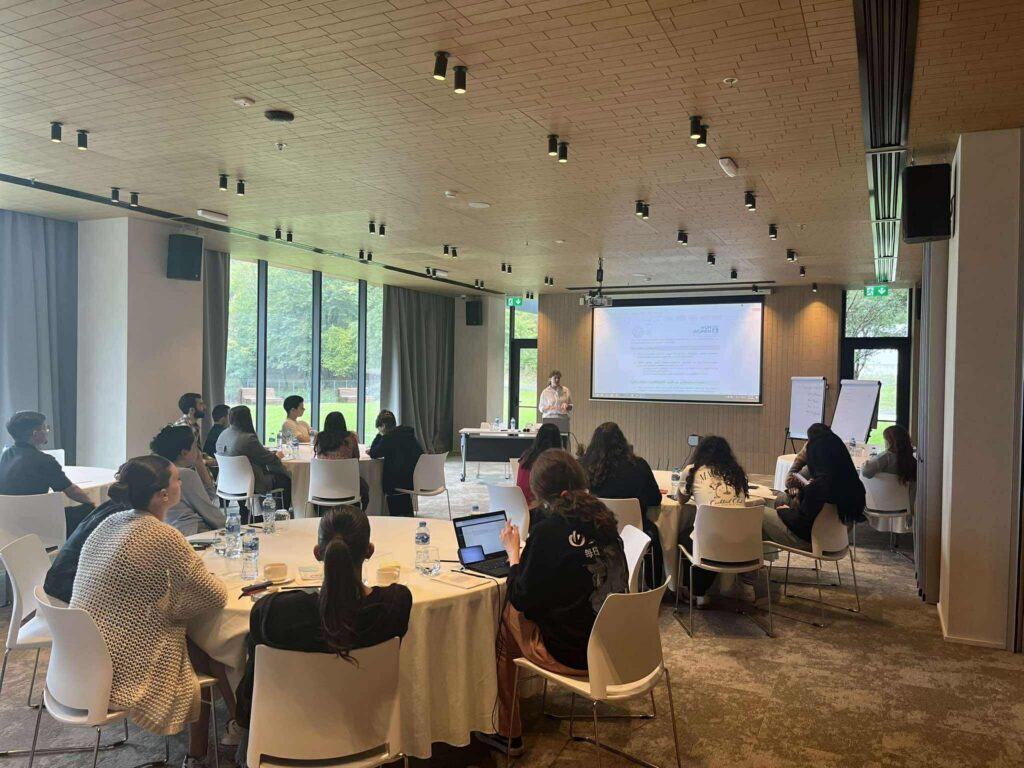There have been three main protests since 2007 that have demanded the Georgian president, Mikhail Saakhashvili, to step down. These three protests have been described in detail in international and qualified local coverage, such as that on EurasiaNet and Civil.ge. So what, from the point of view of research, are the main differences between the protests in 2007, in 2009 and in 2011?
There are a number of striking differences. First, the most recent protest has been the least attended. Reuters reported that around 10,000 people protested at the peak of the May 2011 protests. According to CRRC estimates, subsequently picked up by a lot of media, up to 60,000 people did so in 2009 and between 50,000 and 100,000 people participated in the 2007 protest.
Second, this decline in protest numbers is mirrored by a change in national sentiment about the direction in which Georgian politics is going. A March 2011 survey conducted by CRRC for the National Democratic Institute (NDI) shows that the percentage of people who say Georgian politics is going in the wrong direction has diminished since 2007.

Third, several media outlets have highlighted that the majority of protesters in May 2011 seemed to be above 50 years old. As Koba Turmanidze, CRRC Georgia Country Director, notes, the results from a 2011 CRRC media survey show that older people (who are not retired) continue to be less employed than younger people, and are less happy with their own and Georgia’s economic conditions than younger people. Their unhappiness may also reflect that they have been less engaged in post-Rose Revolution Georgia.
Moreover, results from the 2010 CB also show that the poorer a person considers the economic level of his/her household to be compared to most of the households around them, the more they agree that people should participate in protest actions against the government since the people should be in charge.

categories have been removed. Note that few people characterize their own
economic condition as “very good”, thus the results are less representative.
More details on request.
This may be important in a country where 91% of the population consider rising prices to be worse than in 2008.
Next to the differences that we have identified, do you think there was anything that made the 2011 protests different to previous waves of demonstrations? (Note that you can also do some analysis yourself on our data interface ODA).










